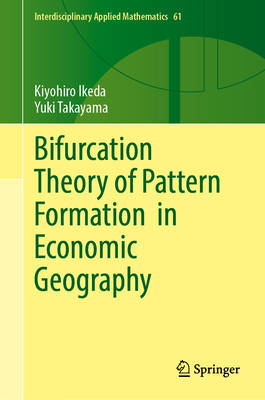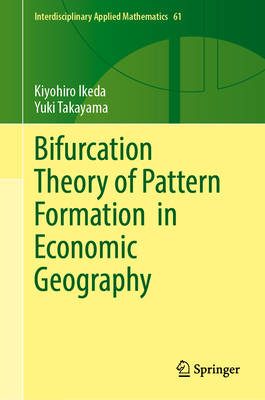
- Afhalen na 1 uur in een winkel met voorraad
- Gratis thuislevering in België vanaf € 30
- Ruim aanbod met 7 miljoen producten
- Afhalen na 1 uur in een winkel met voorraad
- Gratis thuislevering in België vanaf € 30
- Ruim aanbod met 7 miljoen producten
Omschrijving
Dive into the fascinating world of economic agglomerations with this interdisciplinary study, which is perfect for readers in nonlinear mathematics, economic geography, and spatial economics. This book uniquely bridges these fields, employing group-theoretic bifurcation analysis in nonlinear mathematics to establish a robust theoretical foundation for economic geographers and mathematicians alike.
Explore innovative models that describe the pattern formation in economic agglomerations through worker migration between regions. Delve into multi-regional formulations of classic economic geography models, applied to various spatial platforms such as line segments, racetracks, squares, and hexagonal lattices.
This book, ideal for researchers and practitioners, offers cutting-edge insights and methodologies for understanding the complexities of spatial economic agglomerations.
Specificaties
Betrokkenen
- Auteur(s):
- Uitgeverij:
Inhoud
- Aantal bladzijden:
- 261
- Taal:
- Engels
- Reeks:
- Reeksnummer:
- nr. 61
Eigenschappen
- Productcode (EAN):
- 9783031716850
- Verschijningsdatum:
- 15/11/2024
- Uitvoering:
- Hardcover
- Formaat:
- Genaaid
- Afmetingen:
- 164 mm x 237 mm
- Gewicht:
- 544 g

Alleen bij Standaard Boekhandel
Beoordelingen
We publiceren alleen reviews die voldoen aan de voorwaarden voor reviews. Bekijk onze voorwaarden voor reviews.









